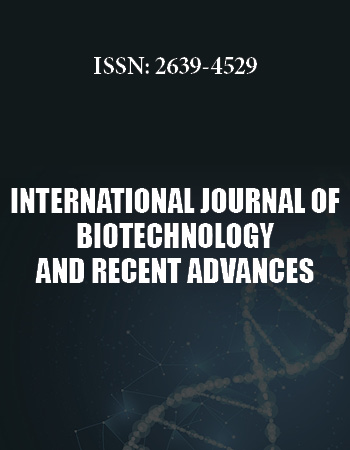International Biotechnology and Research Conference
April 25-27, 2018 Rome, Italy
The Automated Detection of Fusarium Oxysporum Sp. in Soil Samples through Mapped Methods of Image Analysis and Machine Learning
Ateneo de Manila University, Philippines
The export of bananas is a major area of trade in the Philippines, with Cavendish cultivars making up 50% of the export volume of this market. This type of banana, however, is susceptible to the infection of Fusarium oxysporum sp. Cubense, Tropical Race 4 (Foc TR4), the fungus that causes Fusarium Wilt. Capable of rendering wide areas of banana farms with infected plantations, Foc is a significant threat to this commerce. There is therefore a need for the early detection of Foc, especially in juvenile and asymptomatic bananas. This study has implemented an image analysis and machine learning approach in detecting Foc in magnified soil samples. Several image analysis methods were tested alongside a number of machine learning techniques towards the goal of identifying an ideal mapping of these procedures. This study not only served to improve the classification accuracy of Foc identification, but the results also acted as a guide to the development of both the soil preparation protocol and mobile microscope design. The results show that CNN, ANN, and SVM machine learning methods yield classification accuracies of 72.6%, 82.23%, and 81.12%, respectively, where SVM performed with the fastest processing time. It is conclusive that a fluorescence-based soil preparation protocol paired with at least 100x magnification and a phase contrast modality produces a viable input for a shape-recognition based image analysis technique. The study is an important step towards a multi-parameter approach in the early detection of Foc TR4 infection, thus potentially changing farmer behavior from reactive practices to preventive measures in the context of Fusarium Wilt. Similar methods can be applied in other plant diseases that make use of image analysis for early detection of diseases.
Biography:
Dr. Andrei Coronel graduated with Bachelor of Science degree in Biology in 1999, a Master of Science degree in 2005, and a Ph.D. degree in Computer Science in 2014. He was a Research Engineer for the IIR (A-Star)/NUS in Singapore last 2008, where he contributed in the development of an ontology-based cancer database system. He involves himself with projects that intersect CS with health or environmental science, such as this recent project in UC Berkeley. He is currently the head of the Ateneo Computational Sound and Music Lab in his University, furthering his research oriented in data analytics.


